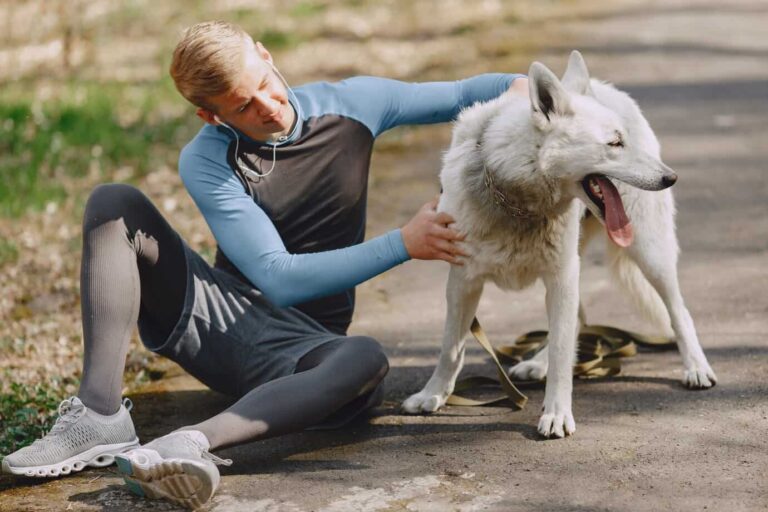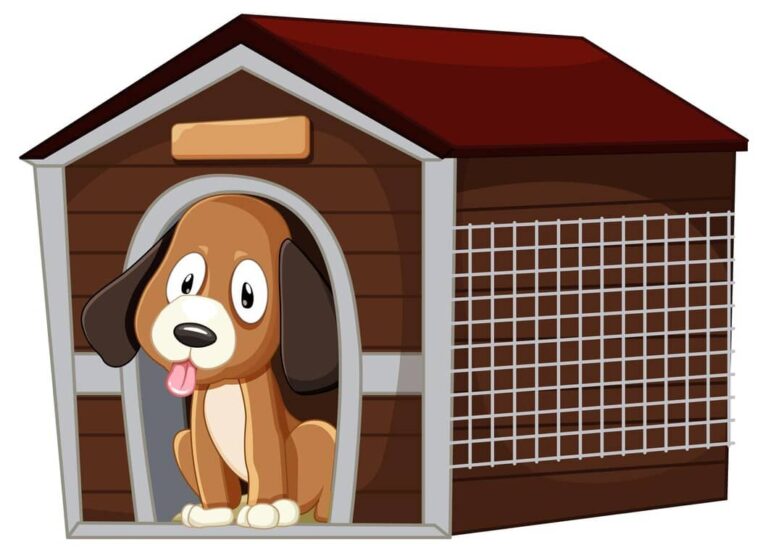© 2019 Khobish - Premium WordPress news & magazine theme by Xldevelopment.
Dogs come in all shapes and sizes, each with their own distinctive features. One particular trait that stands out is a long snout, which can greatly influence a dog’s appearance and behavior. In this article, we will delve into the world of dogs with long snouts, discussing their physical attributes, common breeds, notable characteristics, and the roles they play in our lives.
The long snout, or muzzle, of a dog serves multiple purposes. It is primarily used for olfaction, allowing them to have a heightened sense of smell. Dogs with long snouts tend to have a larger surface area inside their nasal passages, enabling them to detect even the faintest of scents. This makes them excellent trackers, search and rescue dogs, and even aids in their hunting abilities.
Dog Breeds
One breed that immediately comes to mind when thinking of dogs with long snouts is the Greyhound. Renowned for its sleek and slender build, the Greyhound possesses a notably elongated snout that aids in its incredible speed. With their long legs and streamlined bodies, Greyhounds can reach astonishing speeds of up to 45 miles per hour, making them one of the fastest dog breeds in the world.
Another breed known for its long snout is the Afghan Hound. This majestic and regal dog features a prominent nose that complements its flowing, silky coat. The Afghan Hound’s elongated snout helps it track scents across vast distances, as it was originally bred for hunting in the rugged terrain of Afghanistan. Their unique appearance and graceful gait make them a popular choice for dog shows and exhibitions.

Dogs with long snouts often have specific adaptations to suit their needs. Take the Bloodhound, for example. This breed is famous for its unparalleled sense of smell and extraordinary tracking abilities. Their droopy, elongated snouts are designed to capture scents efficiently, making them an indispensable asset in search and rescue operations. Bloodhounds have been responsible for locating missing persons, criminals, and even lost pets, showcasing the remarkable capabilities of dogs with long snouts.
One lesser-known breed with a distinct long snout is the Ibizan Hound. This ancient breed hails from the Spanish island of Ibiza and possesses a sleek, muscular body and a slender, elongated snout. Ibizan Hounds were traditionally used for hunting small game, such as rabbits. Their exceptional agility and keen sense of smell, facilitated by their elongated snouts, make them formidable hunters. In recent years, they have gained popularity as loyal and affectionate family pets.
In addition to their physical attributes, dogs with long snouts often exhibit specific behavioral traits. Due to their heightened sense of smell, they can be more scent-oriented and prone to follow their noses. This means that owners of dogs with long snouts should be prepared to provide mental stimulation and engage in activities that tap into their olfactory capabilities. Scent training and interactive games, such as hide-and-seek with treats, can be highly beneficial for these breeds.
Furthermore, it’s important to consider the grooming needs of dogs with long snouts. Their elongated muzzles can sometimes accumulate dirt, debris, or even food particles. Regular cleaning, using a soft cloth or pet-safe wipes, can help maintain proper hygiene. Additionally, some breeds with long snouts may be prone to drooling, so keeping a clean towel handy may be useful for quick clean-ups.
Conclusion
In conclusion, dogs with long snouts possess a unique set of characteristics that distinguish them from other breeds. Their elongated snouts enhance their olfactory abilities, making them excellent trackers, hunters, and search and rescue dogs. Breeds such as the Greyhound, Afghan Hound, Bloodhound, and I











No Comments